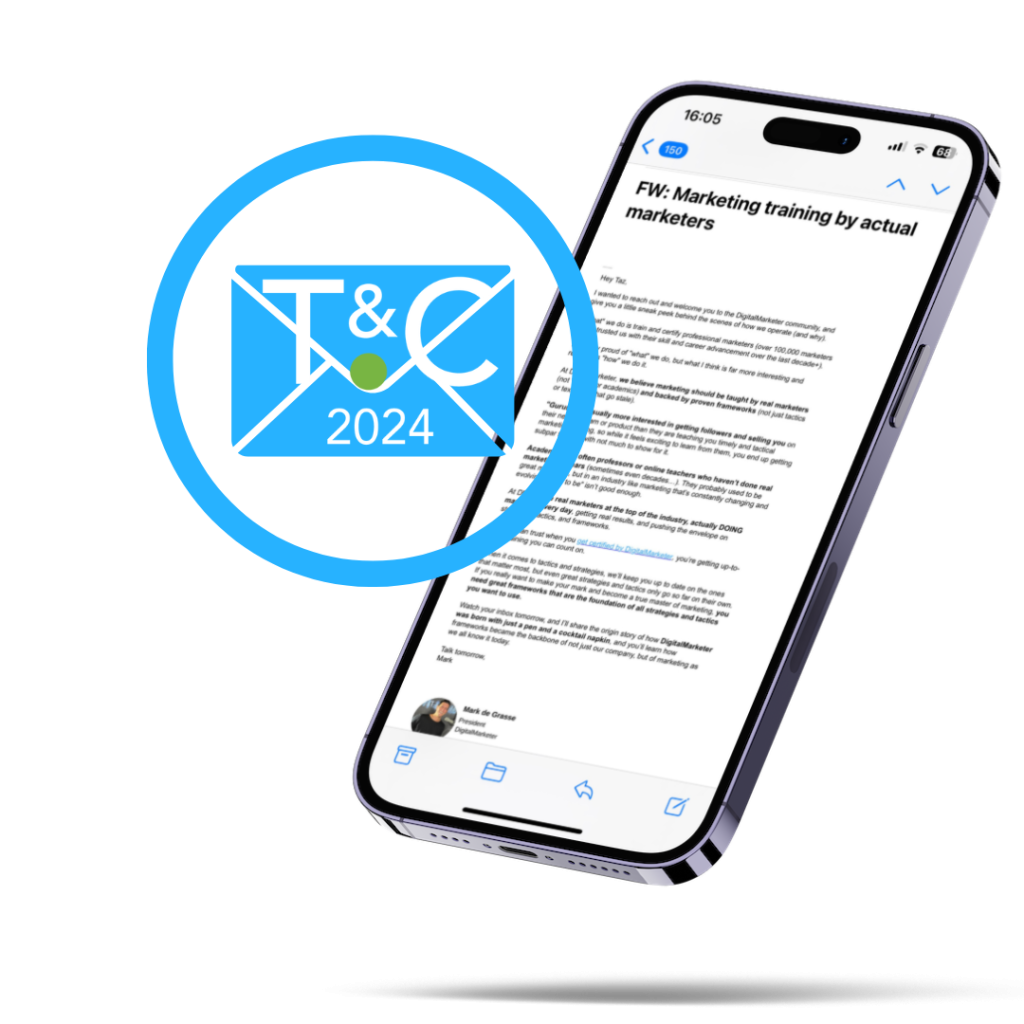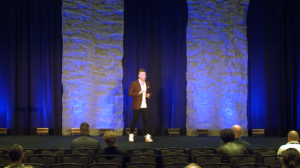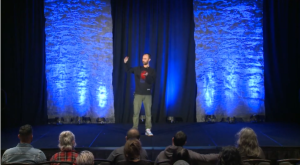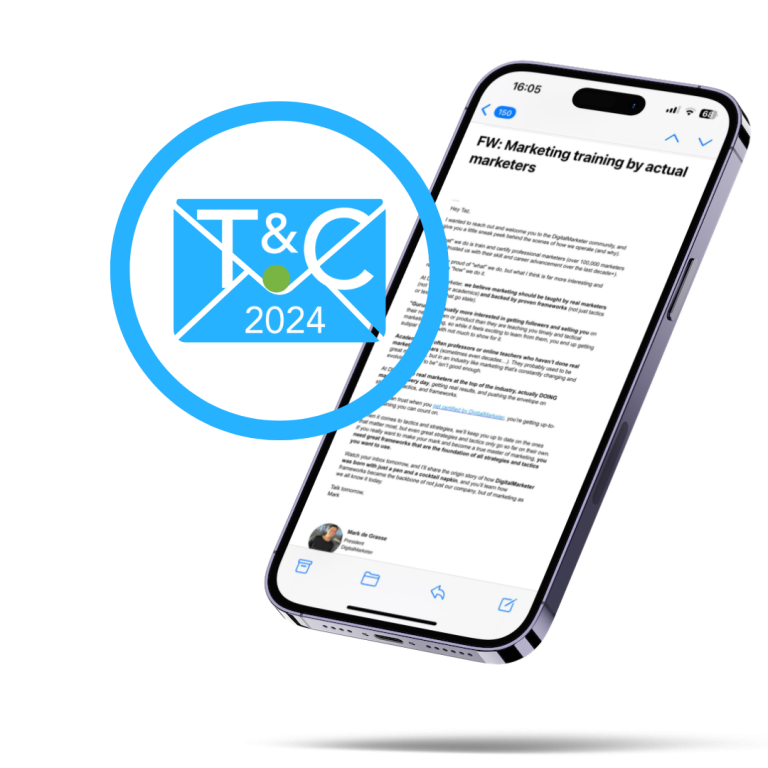When it comes to something like email marketing, people write countless articles and record endless blog posts about all of the best practices you’re supposed to follow and the trends you’re supposed to be paying attention to. They devote thousands upon thousands of words to what works and what doesn’t, what will connect with your audience and what won’t, and similar topics. Everything is pretty much down to a science at this point and, for the most part, if you follow the advice of these seasoned industry professionals you will be well on your way to seeing the types of results that you’re after.
Unless something unexpected like, say, a global pandemic occurs, that is.
The key failing point that we’re all learning about a lot of these “best practices” is that they’re really only designed to work under normal circumstances. When life throws a wrench into the plans by way of an ongoing global pandemic or any other type of crisis situation, people’s behavior begins to change dramatically. The best practices and trends that are influenced by that behavior also start to change, to the point where organizations need to put themselves in a position to quickly adapt to this “new normal” or they’ll soon find themselves left behind and lost in the void.
As the founder and CEO of Hawke Media, Erik Huberman leads the fastest growing marketing consultancy in the United States. It’s grown from seven to over 150 employees since it opened its doors in 2014, and he didn’t get to that point without learning his way around navigating a crisis or two. Huberman’s advice about what businesses need to do to successfully market in a crisis is especially important these days, and is certainly worth a closer look.
Marketing During a Crisis: What You Need to Know
According to Huberman, one of the biggest mistakes that organizations can make with their marketing during a crisis situation involves simply falling back and taking your cues from other people.
We saw this happen a lot during the early days of COVID-19, when it seemed like every major corporation suddenly pivoted their messaging to some variation of “don’t worry, we’re all in this together.”
Whoever the first person was to do that should probably be applauded. As the weeks dragged on and we got yet another seemingly sympathetic call-to-arms, it became more and more clear that people saw this message of unity as yet another trend to be capitalized on. At that point, there was really nothing sympathetic about it. It no longer felt real.
Really, marketing in a crisis is all about not only adapting your marketing message given the new context of the world around you, but being able to continue to do so as that evolution carries on.
To continue with the example of the Coronavirus pandemic, what we saw a lot in the early days were these major brands trying to step in and act as a calming voice in a flurry of noise. This was important, because that was exactly what people needed given how scary and uncertain the world felt when they would wake up in the morning. When there is so much unknown, people tend to gravitate towards a calming voice. At that point it isn’t marketing, it’s psychology.
From there, a lot of people were looking for some type of leadership voice that was a little more aggressive. The types of people who stood for something and who indicated some type of strategy in plain language. In a lot of ways, that runs a little contrary to that calming, soothing voice you were originally trying to create. But as the pandemic continued, that became what people were looking for most of all.
All of this is leading you towards being a brand with information when people are desperately looking for it. Some people are going to want the logical information, meaning statistics and studies and other credible sources that you can point to in order to back up what you’re saying. Others are going to want the emotional information, meaning they want you to firmly say something that reaffirms your values are aligned with one another.
Regardless, what you’re actually accomplishing is finding a new way to establish yourself as an authority in a time of crisis. From that perspective, it really isn’t all that different from what you would be trying to do if the world were NOT in a constant state of chaos. The techniques may change and the context may fluctuate wildly, but that core goal remains cemented in stone. Being a thought leader became the way to cut through all the noise and deepen that impact with your customers, which will continue to pay dividends during additional changes in the crisis, too.
Adapt Your Message for the World Around You
In the end, Huberman’s advice has an obvious relevance given the COVID-19 pandemic that is still raging around the world. Practically overnight, organizations had to learn and re-learn how to best connect with their target audiences as those audiences themselves changed dramatically.
But the most important idea to take away from the situation is this: there will come a day when the Coronavirus has thankfully left us behind. One when things start slowly but surely returning to some semblance of the “normal” we all left behind in March.
And then, when we least expect it, another crisis will undoubtedly be right around the corner.
This type of advice will continue to serve you well long after COVID-19 has finally ended, because even when things appear normal, they don’t tend to stay that way for very long. Therefore, putting yourself in a position to successfully evolve and pivot your marketing messaging given new circumstances is always worth doing. At the very least, it will allow you to continue to maintain those relationships with the people you’ve dedicated yourself to serving who, don’t forget, are also going through the same crisis at the same time.






